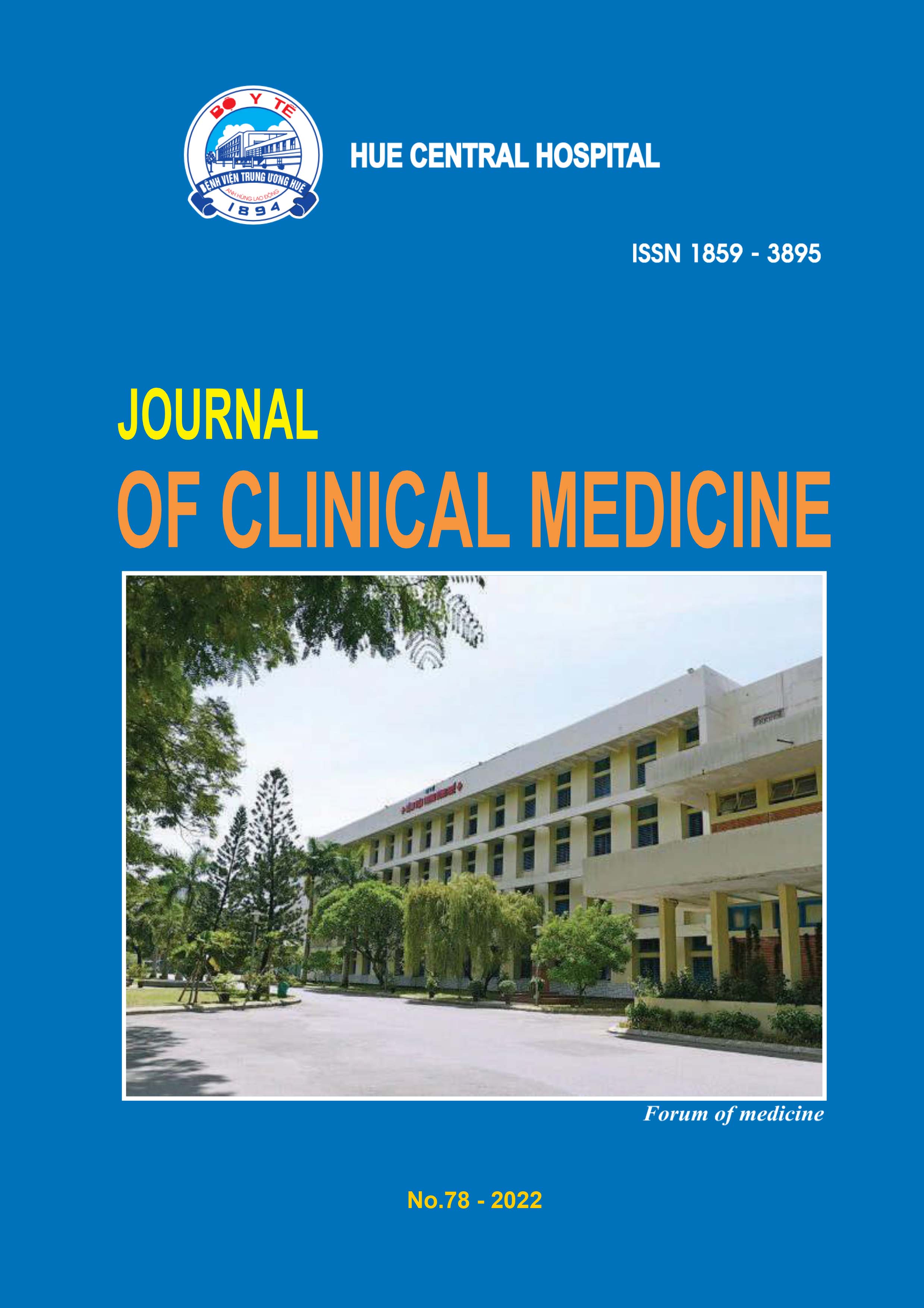Tóm tắt
Background: While studying at the hospital, nursing students are at risk of getting sharp instrument injuries during clinical practice. The likelihood of being injured by sharp instruments in nursing students is very high due to prolonged clinical practice in medical facilities, working in new environments, lacking experience, and concentration. Our study aimed to detect the prevalence of students injuring themselves with sharp instruments in clinical practice and the related factors influencing this rate.
Methods: A descriptive cross-sectional study was conducted on 400 nursing students going for clinical practice from January 2018 to May 2018 at Da Nang University of Medical Technology and Pharmacy. Data were collected through self-filled questionnaires.
Results: Our study showed that 71% of students were hurt by sharp instruments. The number of injuries, including 1 time, 2 times, 3 times, and more than 3 times, accounted for 14.8%, 18.7%, 19.7%, and 46.8%, respectively. Fingers were the most frequently damaged position (74.7% of the total number of injured cases), followed by hands (22.9%), toes (1.5%), and feet (0.9%). The Faculty of Internal Medicine (42.8%) was the most common place of occurrence, followed by the Department of Surgery (32.8%), Rehabilitation Department (8.6%), Department of Pediatrics (7.9%), and Emergency Department (7.9%). Significant relationships were found between the proportion of sharp instrument injuries and students’ learning ranking, training on using sharp instruments safely, and students’ knowledge about sharp instruments (p<0.05).
Conclusions: The proportion of nursing students injured by sharp instruments was significantly high and associated with students’ learning ranking, training about sharp instrument safety, and qualified knowledge about sharp instruments.
Tài liệu tham khảo
CDC. Wordbook for designing implementing, and evaluating a sharps injury prevention program. 2008.
WHO. The best practices for injections and related procedures toolkit, Geneva. 2010.
Shi CL, Zhang M. Study on status of needle-stick and other sharps injuries among healthcare workers in a general hospital. Chinese Journal of Industrial Hygiene and Occupational Diseases. 2012; 29(12): 939-943.
Hussain ZSA, Ram SM, Galinde J et al. Occupational exposure to sharp instrument injuries among dental, medical, and nursing students in Mahatma Gandhi Mission’s Campus, Navi Mumbai, India. Journal of Contemporary Dentistry. 2012; 2(2): 1-10.
Garcia VH and Radon K. Preventive Training among Medical Interns in Mexico City and Its Association with Needlestick and Sharp Injuries - A Cross Sectional Study. J Clin Diagn Res. 2017;(3): IC05-IC07.
Akyol AD and Kargin C. Needle Stick and Sharp Injuries among Nurses. Global Journal of Nursing and Forensic Studies. 2016;1:109.
Askarian M, Malekmakan L, Memish ZA et al. Prevalence of needle stick injuries among dental, nursing, and midwifery students in Shiraz, Iran. GMS Krankenhaushygiene Interdisziplinar. 2012; 7(1).
Small L, Pretorius L, Walters A et al. A surveillance of needle-stick injuries amongst student nurses at the University of Namibia. Journal of Interdisciplinary Health Sciences. 2011; 16(1).
Derek RS and Peter AL. Needlestick and sharps injuries among nursing students. Journal of Advanced Nursing. 2005; 51(5): 449-455.
Fagundes FR and Ribeiro LA. Occupational exposures to body fluid and behaviors regarding their prevention and post-exposure among medical and nursing students at Selcuk, public university. Review Instituto De Medicina Tropical De Sao Paulo. 2014;56(2): 157-163.
Swe KMM, Somrongthong R, Bhardwaj A et al. Needle Sticks Injury among Medical Students during Clinical Training, Malaysia. International Journal of Collaborative Research on Internal Medicine & Public Health. 2014; 6(5).
Bhardwaj A, Sivapathasundaram N, Yusof MF et al. The Prevalence of Accidental Needle Stick Injury and their Reporting among Healthcare Workers in Orthopaedic Wards in General Hospital Melaka, Malaysia. Malaysia Orthopaedic Journal. 2014;8(2).
Rapparini C, Saraceni V, Barroso PF et al. Occupational exposures to bloodborne pathogens among healthcare workers in Rio de Janeiro, Brazil. Journal of Hospital Infection. 2007;65(2):131-137.
Rais N and Jamil HM. Prevalence of needle stick injuries among healthcare worker providers. International Journal of Endorsing Health Science Research. 2013;1(2):73-79.
Zhang YT and Wang LS. Protection education towards needle stick injuries among nursing students in China: a meta-analysis. Chinese Journal of Evidence-Based Medicine. 2013;13(6):754-759.
Blackwell. Nursing Students Experiences with Needlestick Injuries. Journal of Undergraduate Nursing Scholarship. 2007; 9(1)
| Đã xuất bản | 23-02-2025 | |
| Toàn văn |
|
|
| Ngôn ngữ |
|
|
| Số tạp chí | Số 78 (2022) | |
| Phân mục | Nghiên cứu | |
| DOI | 10.38103/jcmhch.78.7 | |
| Từ khóa | Injury, sharp instruments, nursing students. Injury, sharp instruments, nursing students. |

công trình này được cấp phép theo Creative Commons Attribution-phi thương mại-NoDerivatives 4.0 License International .
Bản quyền (c) 2022 Tạp chí Y học lâm sàng Bệnh viện Trung Ương Huế

